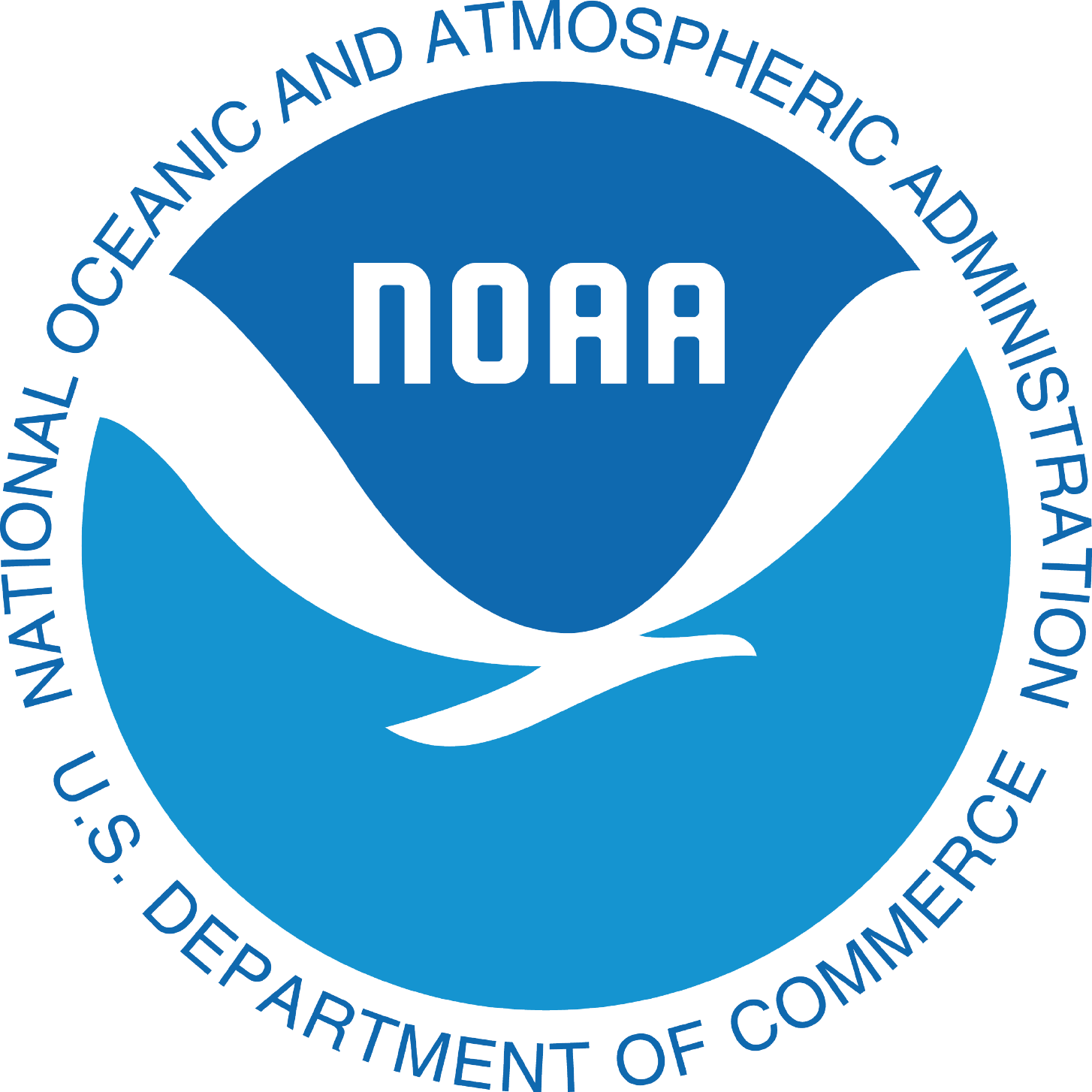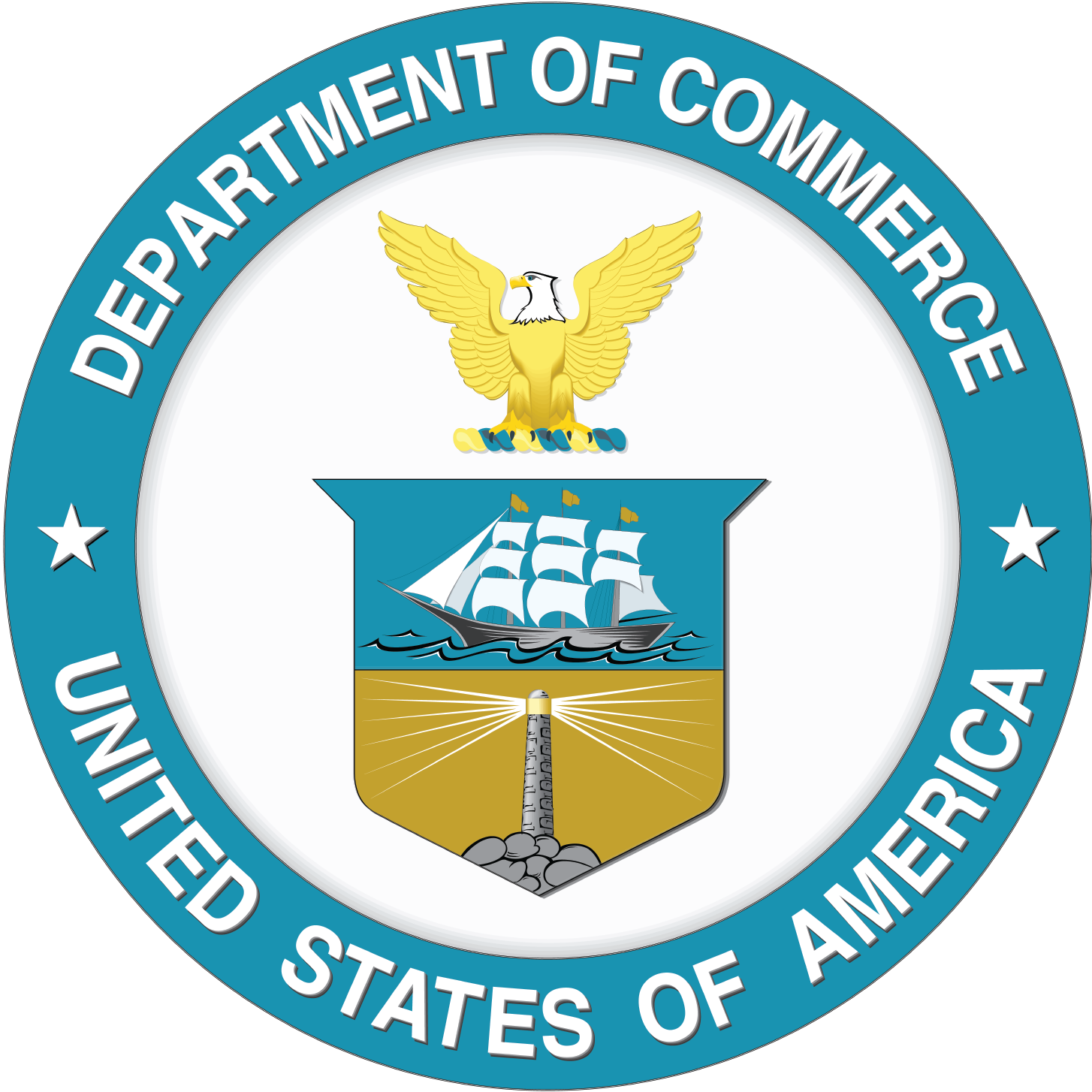- Home
- Habitat
- Commercial Fisheries
- Recreational Fisheries
- Saltwater Angler Attitudes and Preferences Study
- Angler Expenditures & Economic Impacts
- Angler Expenditure Survey Instruments
- Saltwater Angling Valuation Studies
- Stated Preference Survey Instruments
- Revealed Preference Survey Instruments
- For Hire Studies
- For Hire Survey Instruments
- NOAA Fisheries Recreational Fisheries Economic Publications
- MPA
- Protected Species
- Tools
- Publications
Economic Performance of Catch Share Programs
National Catch Shares Workshop
November 19, 2009
Southwest Fisheries Science Center, La Jolla, CA
| Tuesday, November 17 | ||
| Time | Item | Lead |
9:00 – 9:30 | Welcome/Purpose/Goals/Outputs. | Rita Curtis |
| 9:30 – 10:50 | Existing catch share programs - Part 1 a. AKC BSAI crab fishery (Brian Garber-Yonts) b. AKC H & G factory trawler groundfish fishery (Brian Garber-Yonts) | Session moderator: Susan Abbott-Jamieson |
| 10:50 – 11:05 | Break | |
| 11:05 – 12:25 | Existing catch share programs - Part 2 a. NWC Pacific Coast limited entry fixed gear sablefish fishery permit stacking (Carl Lian) b. SEC GOM red snapper (Juan Agar) c. NEC Atlantic surfclam and ocean quahog fishery (Eric Thunberg) | Session moderator: Susan Abbott-Jamieson |
| 12:25 – 1:30 | Lunch | |
| 1:30 – 2:50 | Catch share programs being implemented by 2011 - Part 1 a. NEC NE multispecies groundfish fishery (Eric Thunberg) b. BSAI pollock fishery (data to assess salmon bycatch program) (Ron Felthoven) c. NWC Pacific Coast limited entry trawl groundfish fishery (Carl Lian) | Session moderator: Susan Abbott-Jamieson |
| 2:50 – 3:05 | Break | |
| 3:05 – 4:25 | Catch share programs being implemented by 2011 - Part 2 a. SE GOM tilefish and grouper fishery (Larry Perruso) b. NEC Mid Atlantic tilefish fishery Eric Thunberg) c. NEC sea scallop limited access fishery (Eric Thunberg) | Session moderator: Susan Abbott-Jamieson |
| 4:25 – 4:55 | AKC harvesting sector employment data project | Ron Felthoven |
| 4:55 – 5:25 | NEC social capital survey | Patricia Pinto da Silva |
| 5:25 – 5:55 | NEC Catch Shares / Sectors Workshop: | Drew Kitts |
Wednesday, November 18 | ||
| 8:30 – 8:45 | Recap and objectives for Day 2 | Rita Curtis |
| 8:45 – 9:45 | Discussion: What should drive the choice of performance measures (e.g., objectives of individual catch share programs, MSA requirements, budget initiative objectives, the data we have, the data we should have, what is simple, and what we should be keeping track of)? | Session moderator: Joe Terry |
| 9:45 – 10:45 | Breakout Group Discussions: Potential performance measures for catch share programs Each of two groups will be asked to answer three questions for a group-specific set of six to seven specific generic performance measures. The three questions are: a. How will we define it? b. How will we estimate it? c. What are the data needs / data gaps and model needs / model gaps The potential performance measures include the following:
| Session moderator: Susan Abbott-Jamieson |
| 10:45 – 11:00 | Break | |
| 11:00 – 12:30 | Presentations and discussion of breakout groups’ conclusions | Susan Abbott-Jamieson |
| 12:30 – 1:30 | Lunch | |
| 1:30 – 3:30 | Discussion: Methods for estimating or predicting the effects of catch share programs in terms of the selected performance measures and additional types of effects (e.g., distributional effects) a. Jim Sanchirico: Economic Insights into the costs of design restrictions in IFQ programs b. Juan Agar: Plans for reviewing the IFQ program for red snapper in the Gulf of Mexico c. Ron Felthoven: Evaluating impacts on crew d. Trish Clay: New Survey Measuring Job Satisfaction among Captains, Crew, and Former Fishermen in New England States | Session moderator: Joe Terry |
| 3:30 – 3:45 | Break | |
| 3:45 – 5:30 | Discussion: Data and modeling needs and gaps with respect to meeting MSA requirements for LAPPs and needed enhancements to design and implementation guidance. a. Eric Thunberg: Excessive shares | Session moderator: Susan Abbott-Jamieson |
Thursday, November 19 | ||
| 8:30 – 8:45 | Objectives for Day 3 | Rita Curtis |
| 8:45 – 10:20 | Discussion: Methods for estimating or predicting the effects of catch share programs in terms of the selected performance measures and additional types of effects (e.g., distributional effects) a. Juan Agar: Plans for reviewing the IFQ program for red snapper in the Gulf of Mexico b. Ron Felthoven: Evaluating impacts on crew c. Trish Clay: New Survey Measuring Job Satisfaction among Captains, Crew, and Former Fishermen in New England States d. Eric Thunberg: Excessive shares | Session moderator: Joe Terry |
| 10:20 – 10:35 | Break | |
| 10:35 – 11:05 | Recap and discuss outline for the initial report on a select set of performance measures and an option for doing an expanded report at 3-5 year intervals. | Session moderator: Rita Curtis |
| 11:05 – 11:35 | Discussion: The obstacles to meeting the data needs and how to overcome them | Session moderator: Joe Terry |
| 11:35 -12:30 | Discussion: What database management and access tools should be developed to facilitate generating the estimates of the selected indicators for the initial report? a. Data access tools b. Data verification tools (Larry Perruso) | Session moderator: Joe Terry |
| 12:30 – 1:30 | Lunch | |
| 1:30 – 3:00 | Discussion: Data and models needed to improve capabilities to provide economic and sociocultural information for designing and assessing catch share programs and other fishery management programs. a. Priorities by Center/Region/fishery (each Center/Region jointly will provide a 10 min. presentation on its priorities) b. Meeting those needs (general discussion on ways for us to meet the needs identified) | Session moderator: Rita Curtis |
| 3:00 – 3:15 | Break | |
| 3:15 – 3:45 |
| Session moderator: Rita Curtis |
| 3:45 – 4:15 | Closing Thoughts / Recommendations / Next Steps | Session moderator: Rita Curtis |
Economic Performance of Catch Share Programs
Full ReportExecutive Summary





